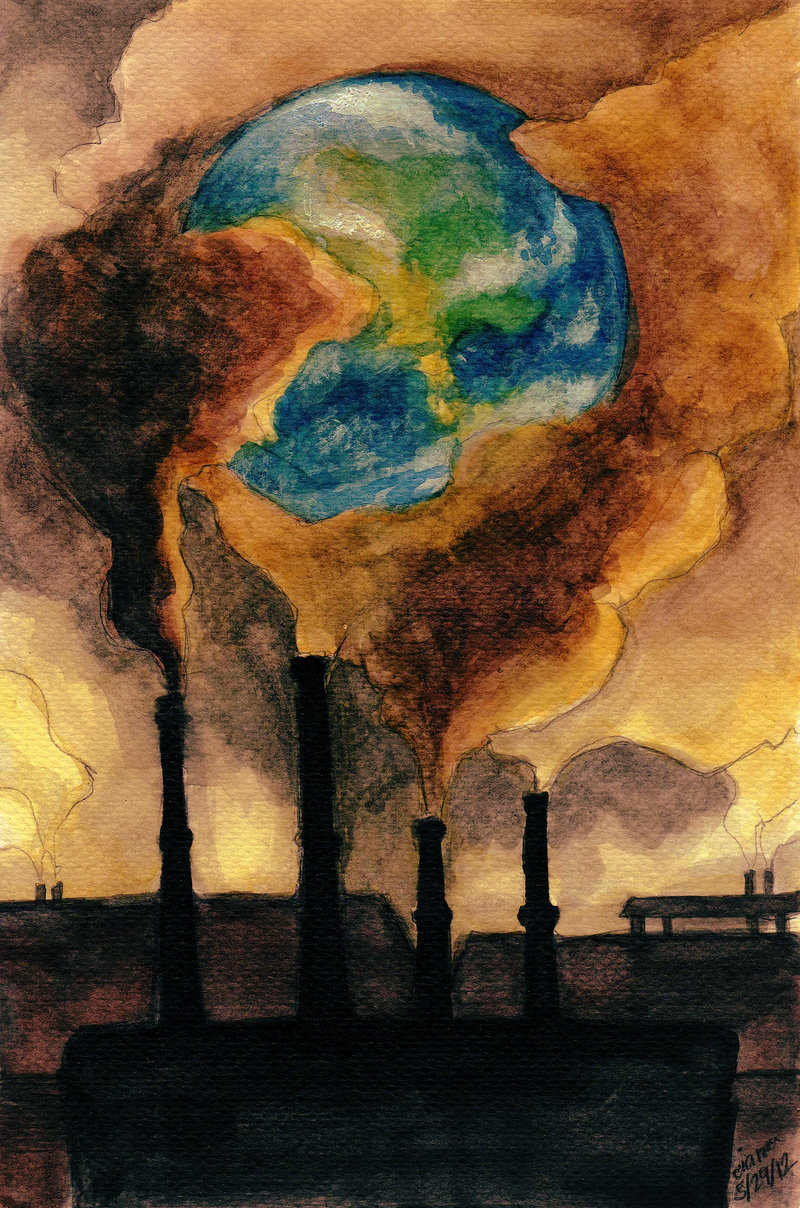 Sunshine, some fleeting clouds and warmth this Thursday afternoon on California’s north coast — feels like summer out there.
Sunshine, some fleeting clouds and warmth this Thursday afternoon on California’s north coast — feels like summer out there.
Yet January could be June where we’re at, or reversed.
Hurricane Oho out in the central Pacific will create some 13-to-15-feet breakers along our shoreline tomorrow and this weekend — Oho will provide a ‘very unusual dose of tropical weather‘ to the Alaskan panhandle Friday evening.
Rising water temperatures has also created another ‘unusual’ event in our oceans — via Climate Central:
On Thursday, the National Oceanic and Atmospheric Administration (NOAA) announced a global coral bleaching event.
This year joins the ranks of 1997 and 2010 as the only times on record that bleaching has occurred in all three of the world’s oceans that support coral at the same time.
(Illustration found here).
An ‘unusual’ coming together of climate phenomenon:
All three global bleaching events have occurred in El Niño years, and the climate phenomenon definitely has a role to play.
But the ever-rising temperatures underwater and above due to climate change are the biggest reason corals are currently dying off across a 4,600-square mile area in the Atlantic, Indian and Pacific oceans.
“The baseline temperature has heated so much that reefs are no longer able to cope with what’s normal in El Niño years,” Richard Vevers, director of the XL Catlin Seaview Survey, said.
“These events are going to become more and more common as climate change goes on. Coral bleaching is such a spectacle; the equivalent above water would be a rainforest turning white.”
Once ocean waters warm past a certain threshold, coral begin to die off because they can’t support the algae that sustain them. The result is ghostly forests of white coral.
Mark Eakin, the coordinator of NOAA’s Coral Reef Watch: “One thing that imagery provides us with is information on places where we should be putting more investments and taking more action to protect reefs that may be resilient to climate change. The other is by demonstrating the rate at which we’re losing resources. It provides very valuable information on what we stand to lose by not addressing climate change and the importance of addressing climate change and doing it quickly. We stand to lose a lot.”
Time is approaching where we won’t have the time. An interesting post at TomDispatch today by energy/environmental writer Michael Klare and ‘abrupt’ climate change, a quick-whipped ‘unusual’ event bringing humanity to a close.
A few high notes:
Scientists have long worried that climate change will not continue to advance in a “linear” fashion, with the planet getting a little bit hotter most years.
Instead, they fear, humanity could someday experience “non-linear” climate shifts (also known as “singularities” or “tipping points”) after which there would be sudden and irreversible change of a catastrophic nature.
This was the premise of the 2004 climate-disaster film The Day After Tomorrow.
In that movie — most notable for its vivid scenes of a frozen-over New York City — melting polar ice causes a disruption in the North Atlantic Current, which in turn triggers a series of catastrophic storms and disasters.
At the time of its release, many knowledgeable scientists derided the film’s premise, insisting that the confluence of events it portrayed was unlikely or simply impossible.
…
So long as this “global conveyor belt” — known to scientists as the Atlantic Meridional Overturning Circulation, or AMOC — keeps functioning, the Gulf Stream will also continue to bring warmer waters to the eastern United States and Europe.
Should it be disrupted, however, the whole system might break down, in which case the Euro-Atlantic climate could turn colder and more storm-prone.
Such a disruption might occur if the vast Greenland ice sheet melts in a significant way, as indeed is already beginning to happen today, pouring large quantities of salt-free fresh water into the Atlantic Ocean.
Because of its lighter weight, this newly introduced water will remain close to the surface, preventing the submergence of salty water from the south and so effectively shutting down the conveyor belt.
Indeed, exactly this process now seems to be underway.
…
In its 2014 report on the status of global warming, the IPCC indicated that the likelihood of the AMOC collapsing before the end of this century remains relatively low.
But some studies suggest that the conveyor system is already 15%-20% below normal with Greenland’s melting still in an early stage.
Once that process switches into high gear, the potential for the sort of breakdown that was once science fiction starts to look all too real.
…
Another crucial ecosystem that’s showing signs of heading toward an irreversible tipping point is the world’s constellation of coral reefs.
Remarkably enough, although such reefs make up less than 1% of the Earth’s surface area, they house up to 25% of all marine life.
They are, that is, essential for both the health of the oceans and of fishing communities, as well as of those who depend on fish for a significant part of their diet.
According to one estimate, some 850 million people rely on coral reefs for their food security.
Corals, which are colonies of tiny animals related to sea anemones, have proven highly sensitive to changes in the acidity and temperature of their surrounding waters, both of which are rising due to the absorption of excess carbon dioxide from the atmosphere.
As a result, in a visually dramatic process called “bleaching,” coral populations have been dying out globally.
According to a recent study by the Worldwide Fund for Nature, coral reef extent has declined by 50% in the last 30 years and all reefs could disappear as early as 2050 if current rates of ocean warming and acidification continue.
Read the entire piece — a quickness of the heatstroke.